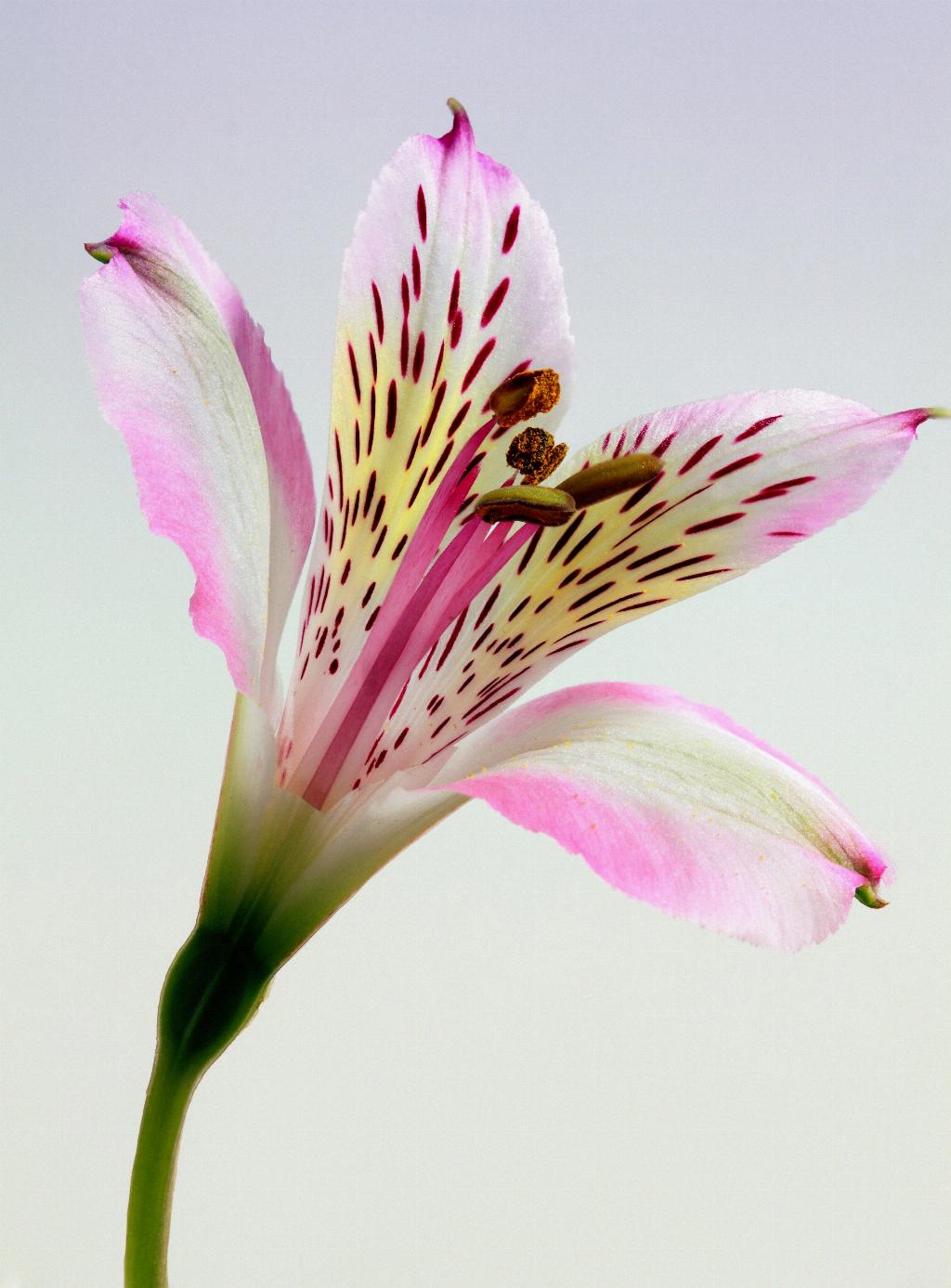When it comes to the growth of a lily pad, it’s truly fascinating to observe the intricate process that nature has in store for us. A floating water lily, also known as a water hyacinth, starts its journey by sending out roots and leaves from a central stem that grows vertically upward towards the surface of the water.
As the central stem of the lily pad reaches the surface of the water, it starts to unfurl its iconic round leaves that float effortlessly on the water’s surface. These leaves are specially designed with air pockets that help them stay afloat and capture sunlight for photosynthesis.
The roots of the water lily play a crucial role in its growth process. These roots hang down into the water, absorbing essential nutrients and water to support the plant’s development. They also serve as anchors, keeping the lily pad stable in the water and preventing it from being carried away by currents.
One of the remarkable features of a lily pad is its ability to adapt to changing water levels. The plant can adjust the length of its stem and roots based on the water depth, ensuring that it can thrive in various aquatic environments.
Another interesting aspect of a lily pad’s growth is its reproduction process. Water lilies can reproduce both sexually and asexually, producing seeds that sink to the bottom of the water and new plants that sprout from rhizomes or tubers.
During the growing season, a lily pad undergoes rapid growth, fueled by the abundant sunlight and nutrients present in its aquatic habitat. The plant continuously produces new leaves and roots, expanding its reach and coverage on the water’s surface.
As the lily pad matures, it develops a complex network of roots that help it efficiently extract nutrients from the water and provide stability in the often turbulent aquatic ecosystem. These roots not only support the plant but also create a habitat for various aquatic organisms.
The growth of a lily pad is a delicate balance between environmental factors and the plant’s adaptive mechanisms. The plant relies on sunlight, water, nutrients, and favorable temperatures to thrive and flourish in its watery habitat.
Throughout its growth cycle, a water lily undergoes various stages of development, from the emergence of its first leaves to the formation of flowers that bloom on the water’s surface, attracting pollinators and completing the plant’s life cycle.
Overall, the growth of a lily pad is a testament to the beauty and resilience of nature. From its humble beginnings as a tiny sprout to its full-fledged presence as a floating masterpiece on the water, the water lily’s growth journey is a sight to behold and a reminder of the wonders of the natural world.
Next time you come across a serene pond or a tranquil lake adorned with floating water lilies, take a moment to appreciate the intricate process of growth and transformation that these majestic plants undergo, and marvel at the magic of nature in action.

